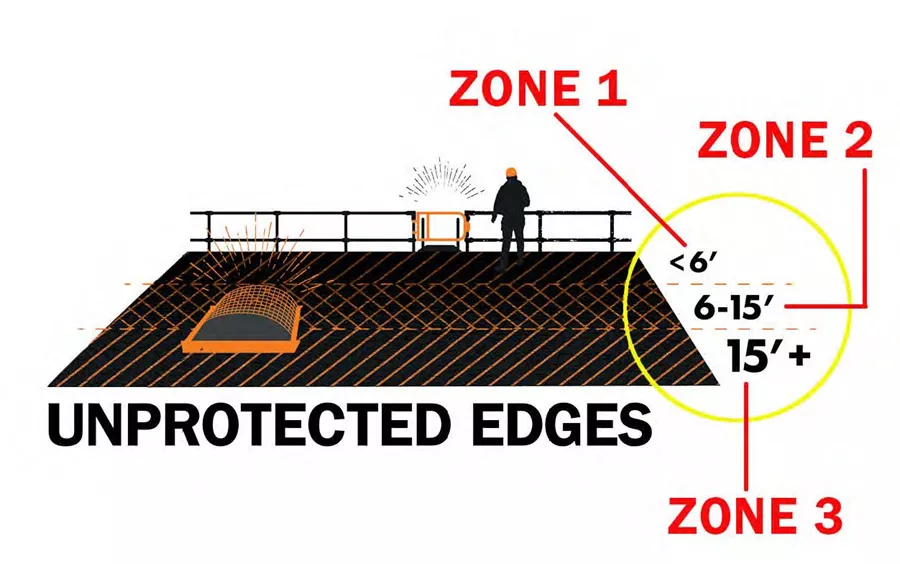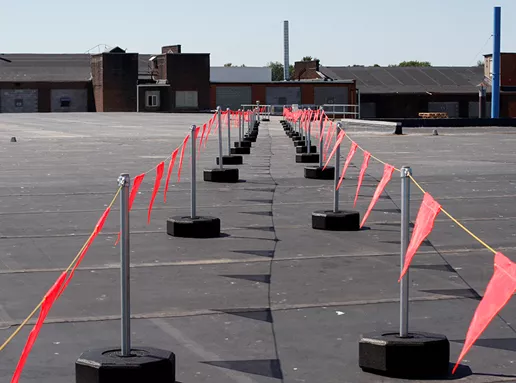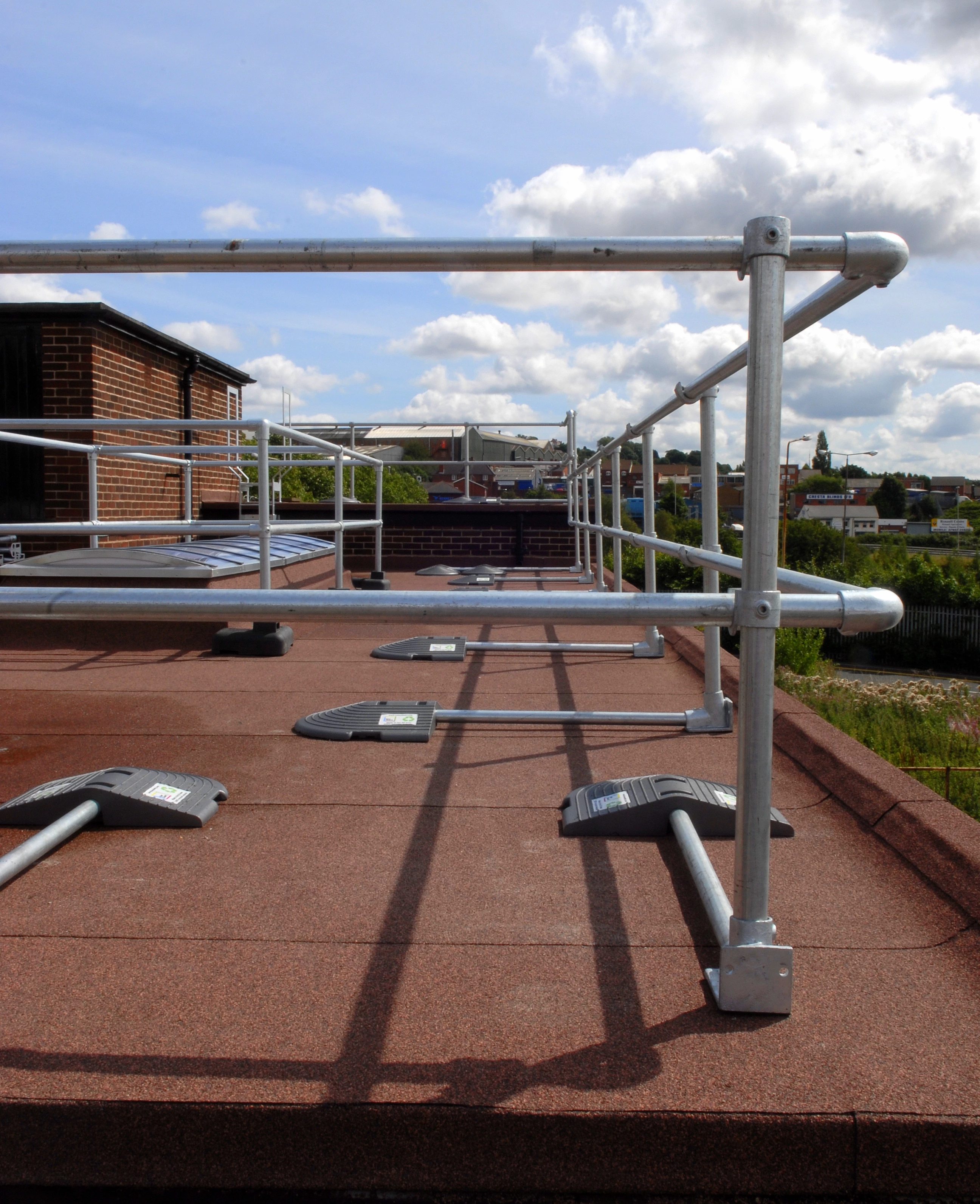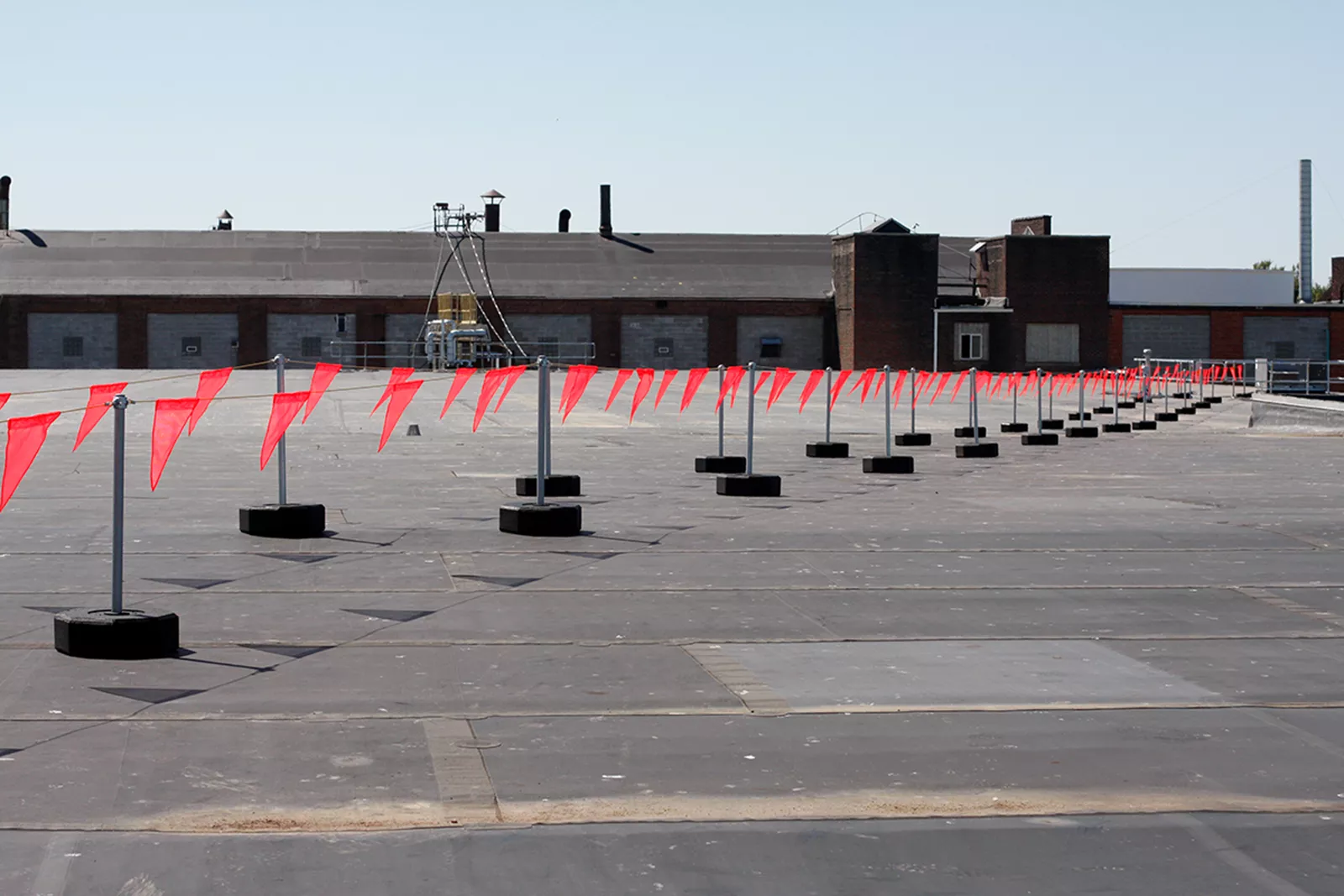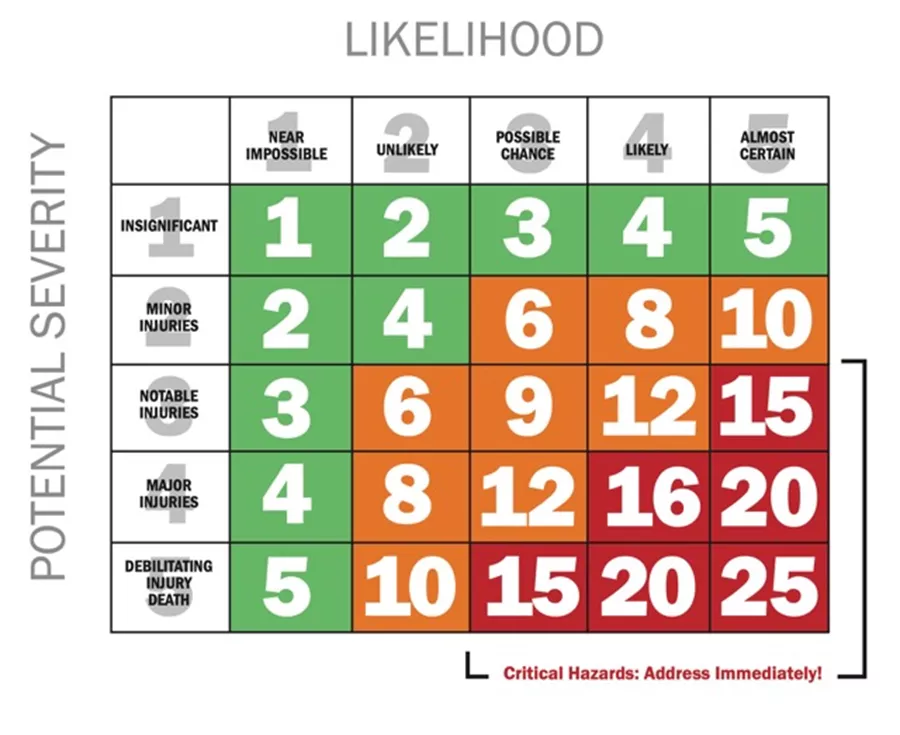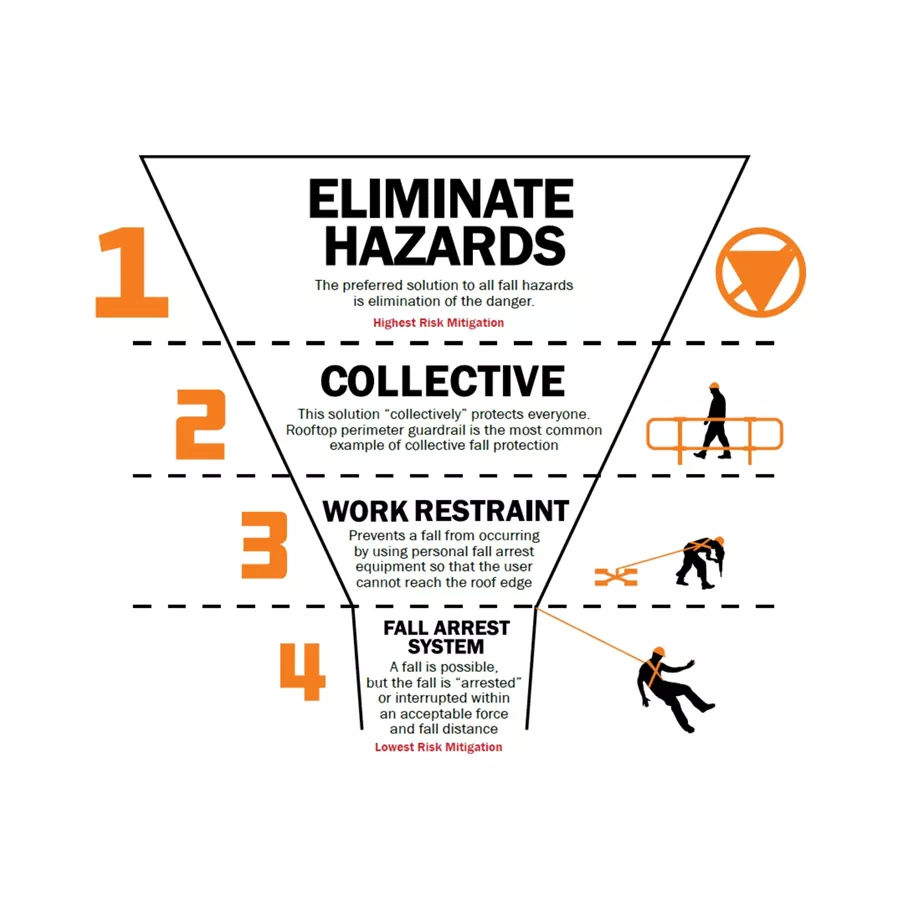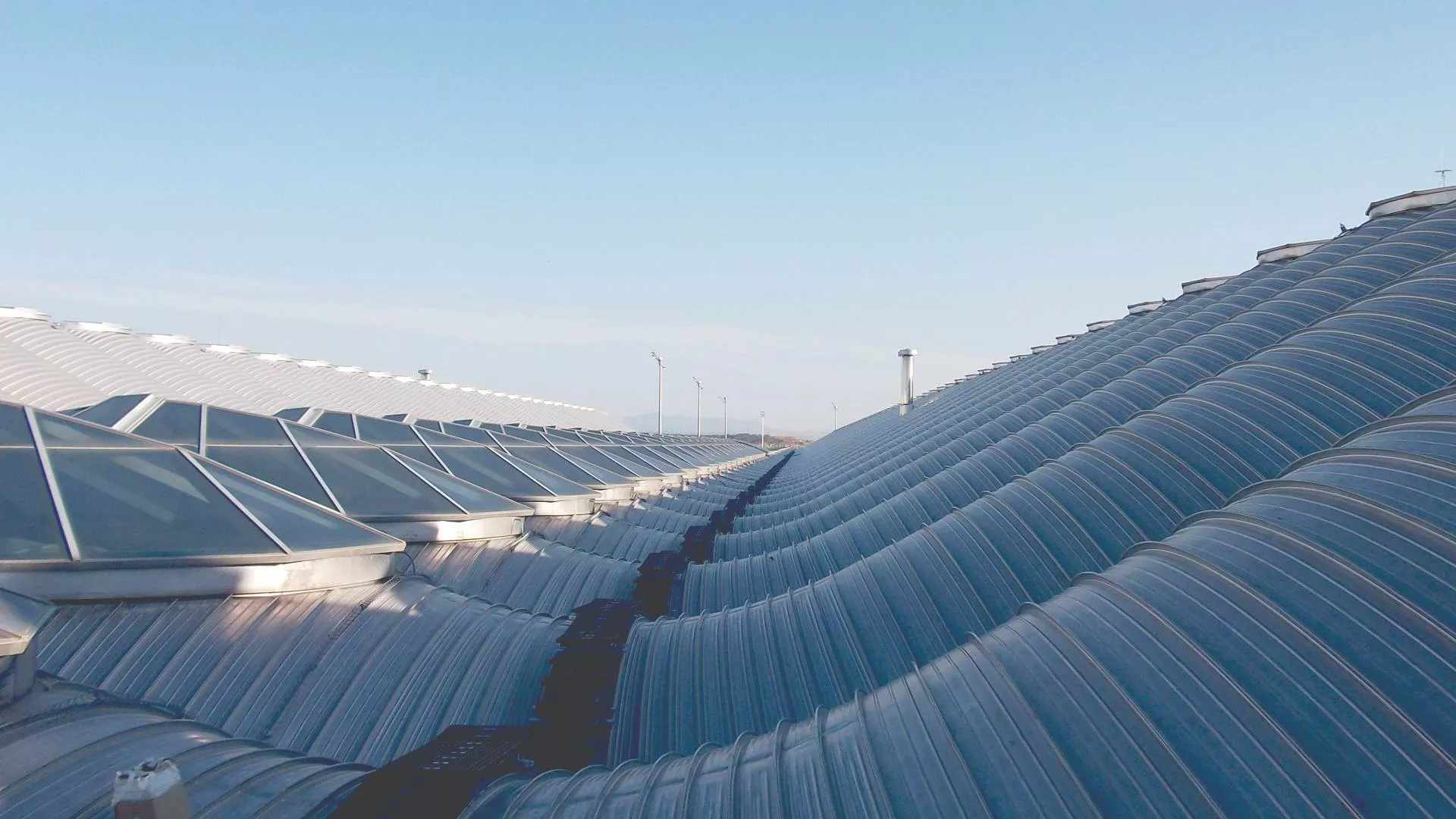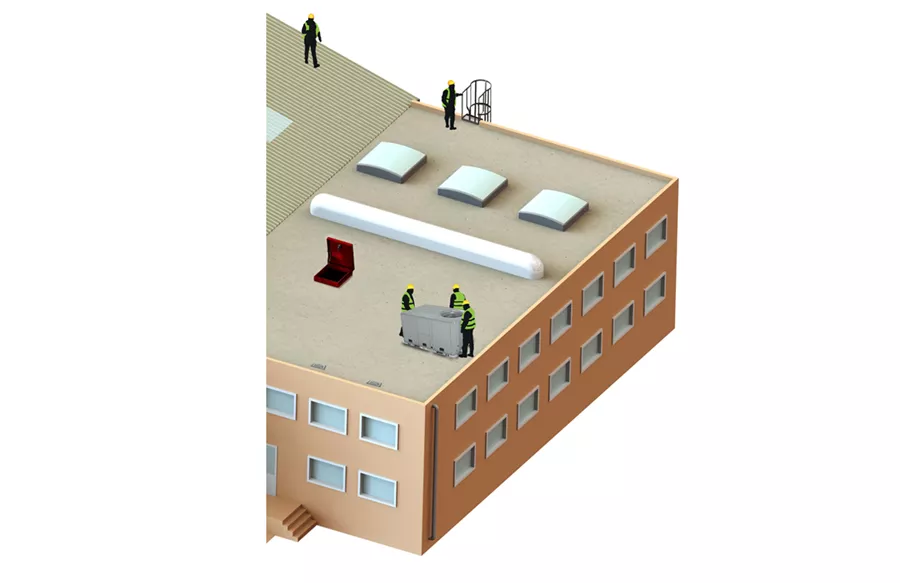
Cutting-edge safety systems
The edge of the roof is the most visible hazard, and typically the hazard most people want to protect first. If anyone is working close to the roof edge there is a significant risk of an accident occurring. OSHA Code states that if a worker can be exposed to a fall, then they must be protected. Our safety specialists are ready to ensure the safety of your team from any unprotected roof edge.
